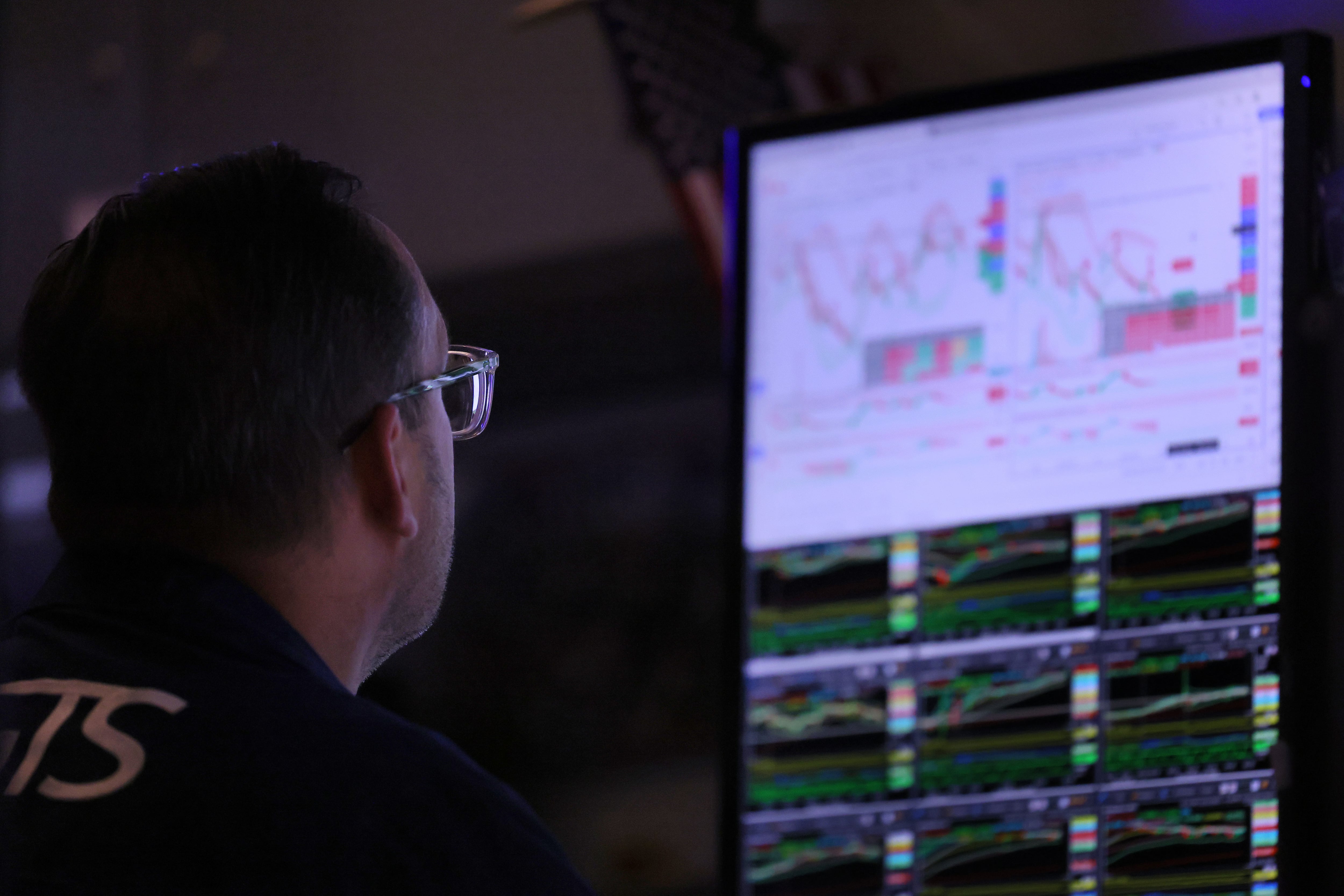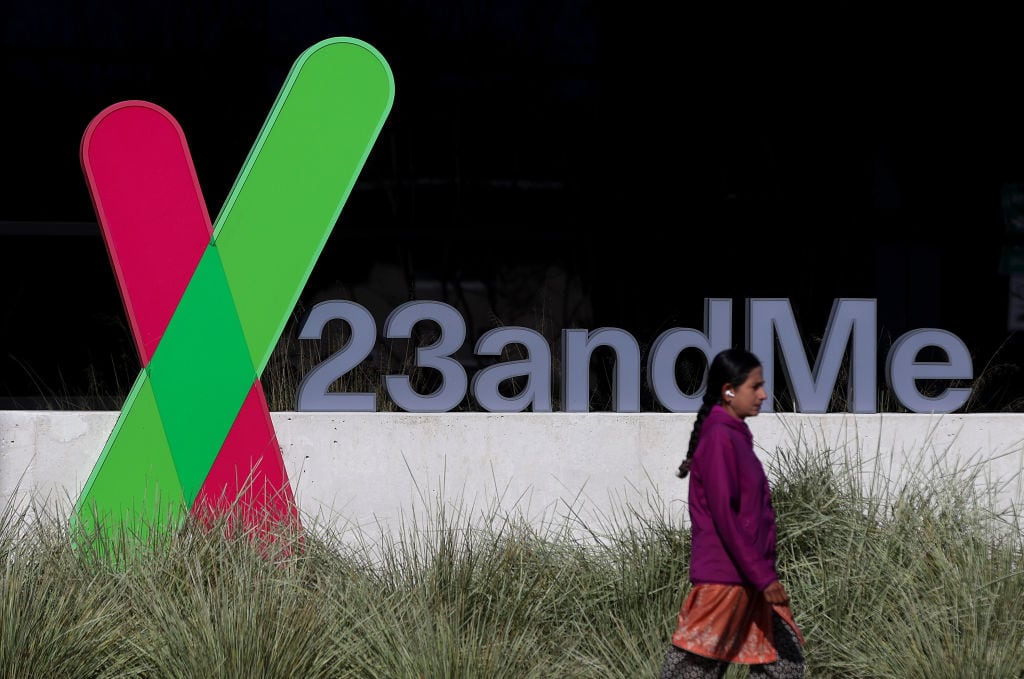Amazon.com Inc. is joining the ranks of one of Wall Street's oldest and most exclusive stock indexes: The Dow Jones Industrial Average.
The e-commerce pioneer will officially take its position among the 30-company Dow before the open of trading Monday, replacing drugstore operator Walgreens Boots Alliance.
S&P Dow Jones Indices opened the door to Amazon's inclusion in the Dow and Walgreens' exit to rebalance the index in light of a 3-for-1 stock split by another Dow company, Walmart.
Seattle-based Amazon will share membership in the Dow with the likes of Apple, Boeing, JPMorgan Chase and Coca-Cola.
What is the Dow?
It’s a measure of 30 stocks of established, well-known companies. These stocks are sometimes known as “blue chips,” which are supposed to be on the steadier and safer side of Wall Street.
What's in the Dow?
Not just industrial companies like Caterpillar and Honeywell, despite the name.
The roster has changed many times since the Dow began in May 1896 as the U.S. economy has transformed. Out, for example, was Standard Rope & Twine, and in recently have been big technology companies.
Apple, Intel and Microsoft are some of the newer-economy names currently in the Dow. Before Amazon, the most recent additions to the Dow were Salesforce.com, Amgen and Honeywell International in August 2020. They replaced Exxon Mobil, Pfizer and Raytheon Technologies, now known as RTX.
The financial industry also has a healthy representation with American Express, Goldman Sachs, JPMorgan Chase and Travelers. So does health care with Amgen, Johnson & Johnson, Merck and UnitedHealth Group.
Why is Amazon and Walgreens out?
The shift is a reaction to a planned 3-for-1 stock split by another Dow company, Walmart.
Once Walmart executes its stock split on Monday, that will reduce the retailer's stock price. Because the Dow is a price-weighted index, which means stocks that fetch higher prices are given more weight, Walmart's stock split will reduce the weighting of the stock in the index.
To account for this, S&P Dow Jones Indices is rebalancing the index by dropping Walgreens, which currently has the lowest stock price of all the companies in the Dow, and adding Amazon.
S&P Dow Jones Indices is also adding Amazon in a bid to increase the Dow's consumer retail exposure to reflect the “evolving nature of the American economy.”
Amazon’s entry into the Dow, Walgreens’ exit and Walmart’s stock split will cause a ripple effect on the weighting of the Dow stocks. Once the shift is completed, Amazon’s weight in the Dow will rank 17th out of the 30 stocks in the index. Walmart’s weighting will drop to 26 from 17. UnitedHealth Group will remain the most heavily weighted stock in the index.
Is the Dow the main measure of Wall Street?
No. At 30 companies, the Dow represents a narrow slice of the economy. Professional investors tend to look at broader measures of the market, such as the S&P 500 index, which has nearly 17 times the number of companies within it.
More than $11.2 trillion in investments were benchmarked to the S&P 500 at the end of 2019, according to estimates from S&P Dow Jones Indices. That’s 350 times more than the $32 billion benchmarked to the Dow Jones Industrial Average.
Investors’ 401(k) accounts are much more likely to include an S&P 500 index fund than anything tied to the Dow.
How different are the Dow and the S&P 500?
Their performances have historically tracked relatively closely with each other, but they have diverged significantly the last couple of years.
In 2023, the Dow gained 13.7%, while the S&P 500 gained 24.2%. In 2022, a down year for stocks, the Dow lost 8.8%, while the S&P 500 slumped 19.4%.
So far this year, the S&P 500 is up about 6.7%, while the Dow is up 3.8%.
A big part of the performance gap between the indexes is that the S&P 500 has more of an emphasis on Big Tech stocks, which have been among the market's biggest winners. Hopes that the Federal Reserve is done raising interest rates and may soon start cutting them and a frenzy around artificial-intelligence technology have pushed seven stocks in particular to dizzying heights.
Alphabet, Amazon, Apple, Microsoft, Meta Platforms, Nvidia and Tesla alone have accounted for much of the S&P 500’s gains in recent years, and only two of them are in the Dow: Apple and Microsoft.
Is that it?
No, the Dow and S&P 500 also take different approaches to measuring how an index should move.
As noted, the Dow gives more weight to stocks that add or subtract more dollars to their stock price. That means stocks with big price tags often push and pull it the most, such as UnitedHealth Group and its $500 stock price. A 1% move for that stock, which is about $5, packs a much bigger punch than a 1% move for Verizon Communications, which is about 41 cents.
The S&P 500, meanwhile, gives more weight to stocks depending on their overall size. That means a 1% move for the most valuable company, Microsoft, packs more punch than a 1% move for any other stock, even though Microsoft’s price of $410 is below UnitedHealth’s and others.
Why care about the Dow?
Because it’s so old, it has a longer track record than other measures of the market.
For a while, a triple-digit move for the Dow also used to be an easy shorthand way to show the stock market was having a big day. Now, though, it means much less. A 100 point swing for the Dow means a move of just under 0.3%.









